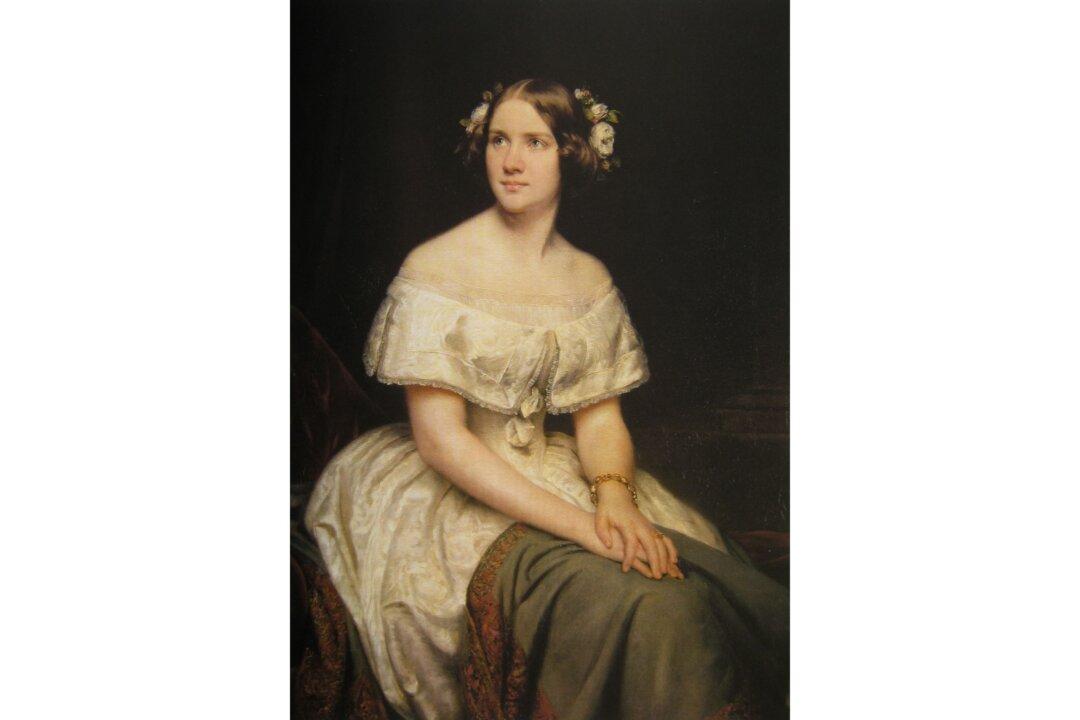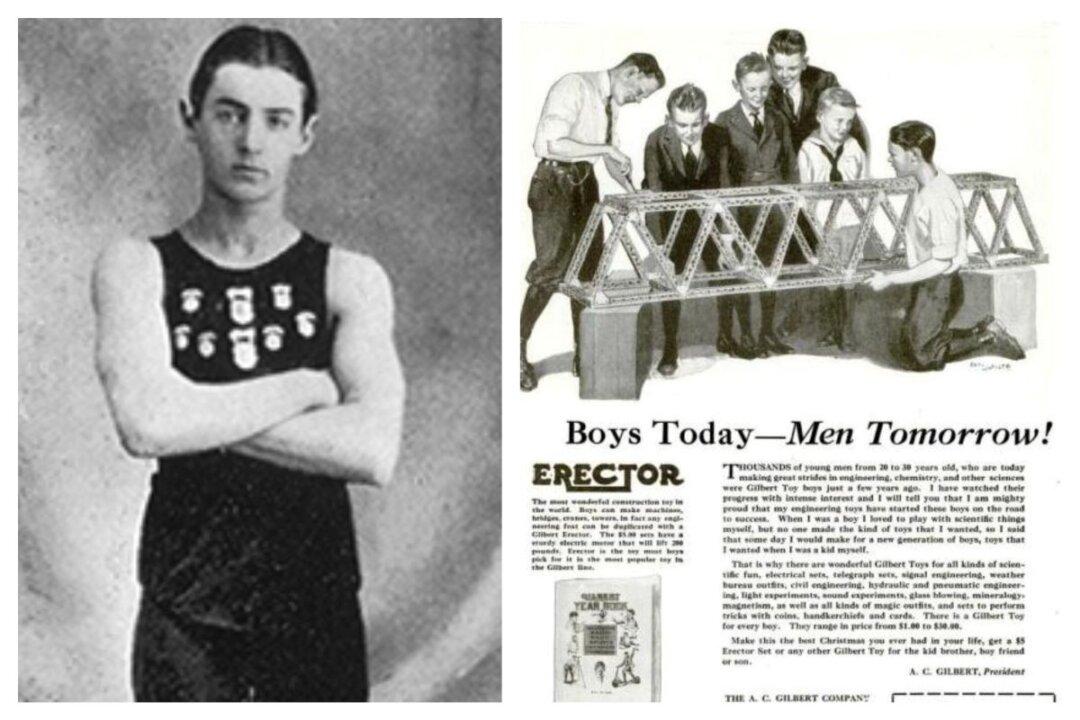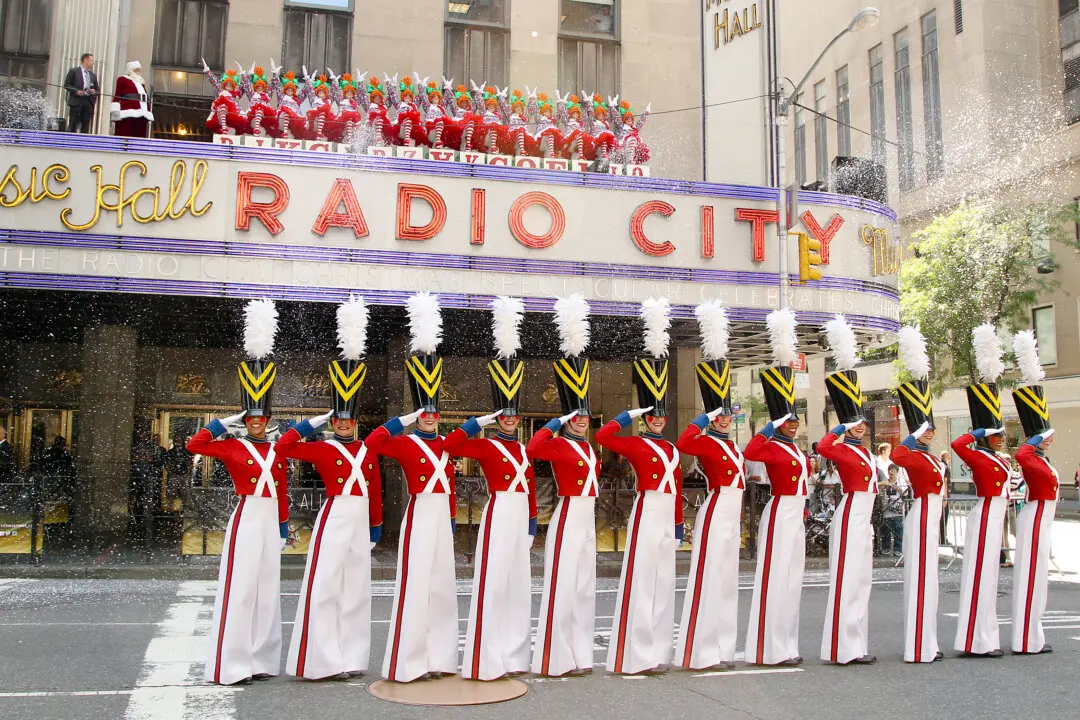At the age of 9, Johanna Maria Lind stood before a singing master for the Royal Theatre in Stockholm, Sweden. As the little girl sang, the teacher was brought to tears at the beauty of such a young voice. Lind was given a scholarship to become a student at the Royal Dramatic Theatre, where she was taught the elements of the opera―acting, dancing, and singing.
In 1833, approximately four years after that initial private performance, Lind performed in 22 theatrical performances. The now-teenage vocal prodigy was swiftly moving toward centerstage. In 1837, she was provided her first annual contract; but it was in 1838, performing one of the leading roles in Carl Maria von Weber’s “Der Freischütz” at the Royal Swedish Opera, that her star soared and she became “the declared favourite of the Swedish public.”






